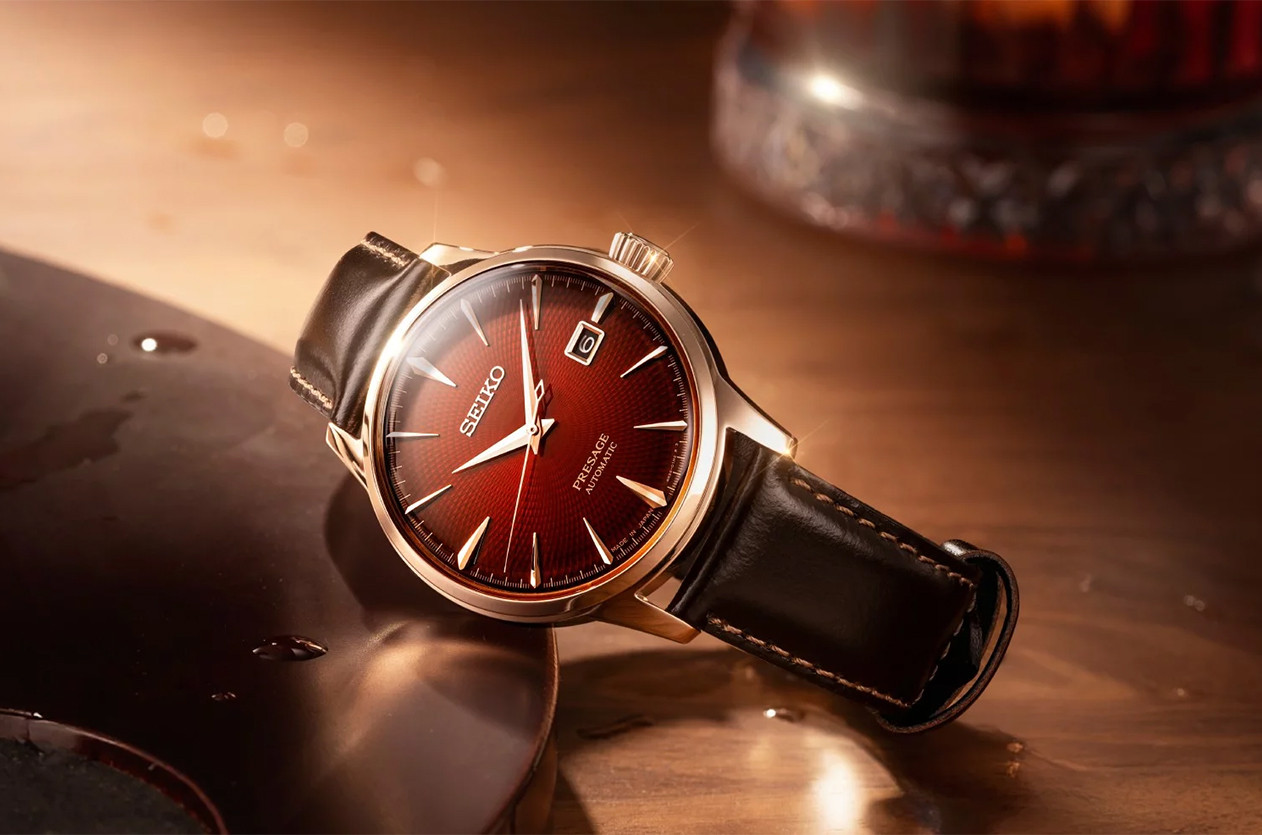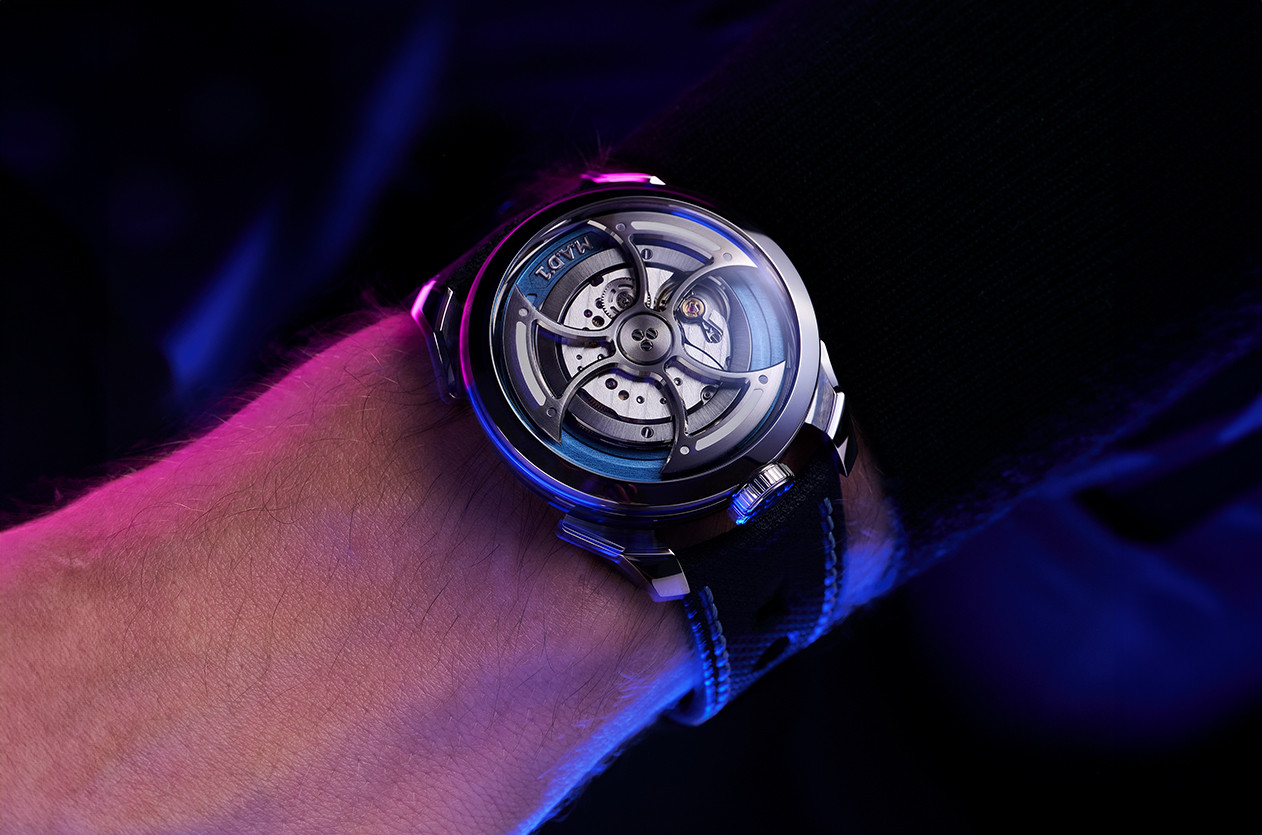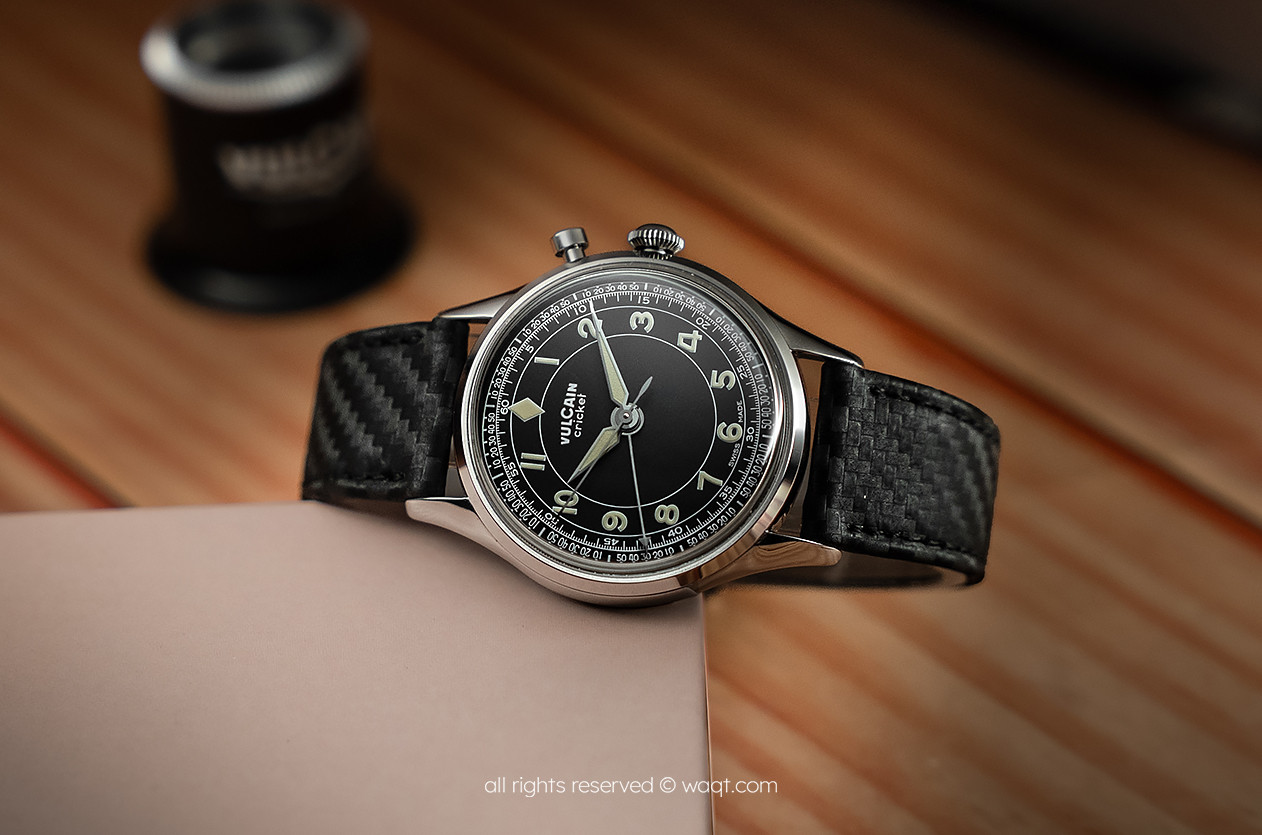
Introducing Seiko Unveils the Presage Cocktail Time SRPL96J “The Conte”
Welcome to the hub of the horoloy
Is a designation given to a chronometer that has successfully passed rigorous testing. To earn the title of Observatory Chronometer, the watch must undergo stringent procedures that evaluate its accuracy over a specific period of time. These tests typically involve subjecting the watch to various conditions, including different temperatures, external environments, and varying atmospheric pressures, to assess its ability to maintain precise timekeeping in real-world scenarios.
The testing and certification process for Observatory Chronometer often involve comparing the timekeeping performance of the watch to a known accurate reference, such as atomic clocks or other highly precise timekeeping devices. Attaining the title of Observatory Chronometer is a mark of excellence that represents the utmost accuracy and exceptional craftsmanship of the watch.

News Dubai Watch Week 2025 Will Be the Largest Ever with 90 Brands Participating

Technical The Frequency, Why It Matters in Mechanical Watches

Editorial The Secrets of Watch Case Design

Editorial Abraham-Louis Breguet, The Father of Modern Horology

Introducing MB&F Unveils the New Generation of Its Famous Collection the M.A.D.1S

Hands on Vulcain Cricket Classic 39mm Black & Khaki